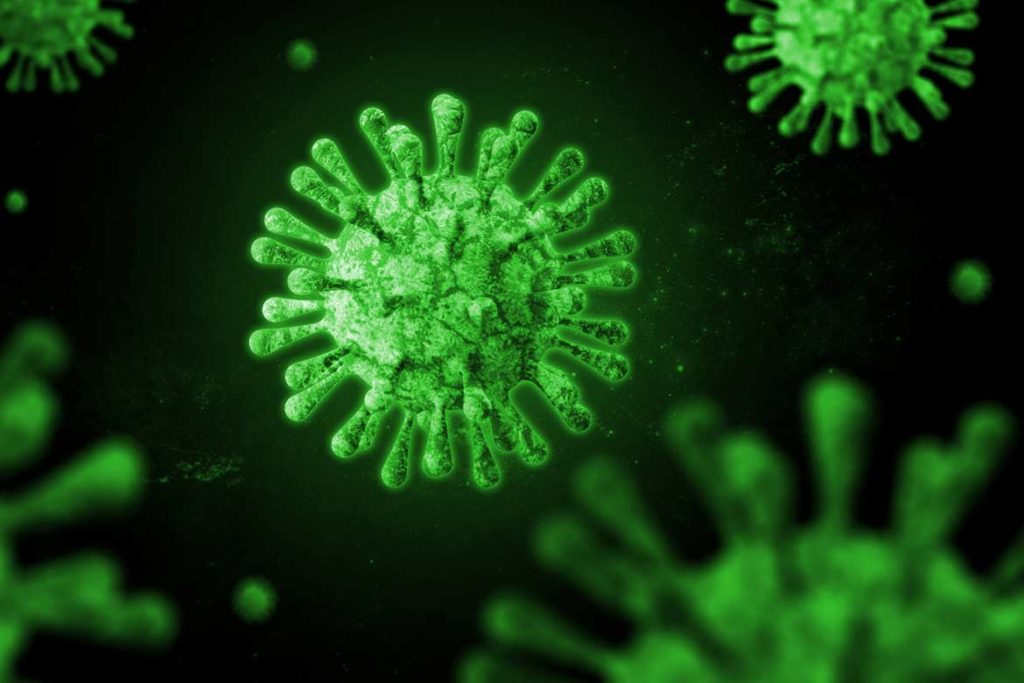The Union Home Ministry has alerted all the states about the increasing ‘R’ factor of COVID-19. Union Home Secretary Ajay Bhalla wrote in a letter sent to the states that they must be aware of having an R factor more than 1.0 is a sign of increasing cases of COVID-19. Therefore, it is extremely important that the authorities be alert and strictly follow the masks, social distancing and other COVID-19 preventive measures in crowded areas.
How are the cases related to R-value?
According to data analysts, the R-factor is the reproduction rate. It tells how many people are or may be infected by an infected person. If the R factor is greater than 1.0 it means cases are increasing. On the other hand, the R factor being less than 1.0 is a sign of decreasing cases.
It can also be understood from the fact that if 10 people are infected and these 10 people infect other 10 people then the R-value will be 1. But if they are infecting 8 people then this R-value will be 0.8.
Current R-factor in India:
According to a study by the Institute of Mathematical Sciences (IMSc), Chennai, even though the R factor is less than 1.0 in the country at present, it is increasing rapidly in some states. The R factor was 0.78 in mid-May across India. That is, 100 people were able to infect only 78 people. But at the end of June and the first week of July the R-value has increased to 0.88. That is, 100 people are infecting 88 people.
The R-value between March 9 and April was 1.37. For this reason, during this period the cases were increasing rapidly and the second wave was moving towards its peak. Since then the R-value has been continuously decreasing. As a result, the cases also went down.

Also read: What Is The New Lambda Variant Of Coronavirus? What Are The Risks Associated?
How is it a matter of concern?
TheR-value has declined after May 9. Between May 15 and June 26, it had come down to 0.78. But after June 20, it increased to 0.88. The cases will not increase very rapidly until the R-value crosses 1.0, but the increase of this value is worrisome.
If the R-value remained at 0.78, then by July 27, the active cases would come down to less than 1.5 lakhs. But now the R-value has increased to 0.88 and there is no further change in it, then on July 27, the active cases will be around 3 lakhs. That is, a difference of 0.1 in R-value can also double the number of active cases in two weeks.
Can increasing R-value lead to lockdown again?
If the R-value continues to rise and reaches around 1.0, then the lockdown may be imposed again. This is a formula that the central and state governments are following. Right now focus of the government is on the positivity rate.
The R-value can be kept under check only with lockdown and strict restrictions. If people stay at their homes, then the infected person will not be able to infect other people. In May too, the main reason for the decrease in the R-value was the lockdown.
Also read: Covishield & Blood Clots: Do we need to worry about this?
